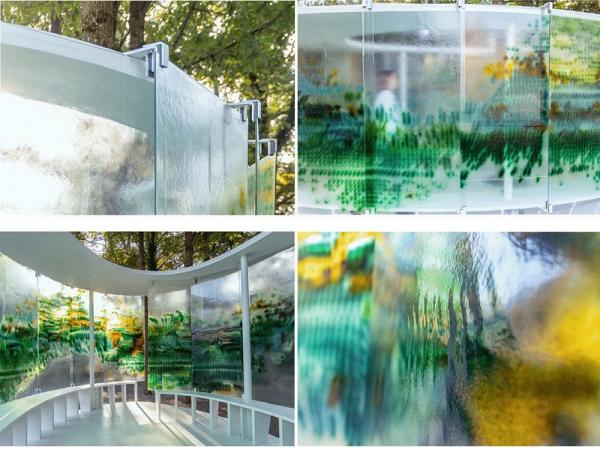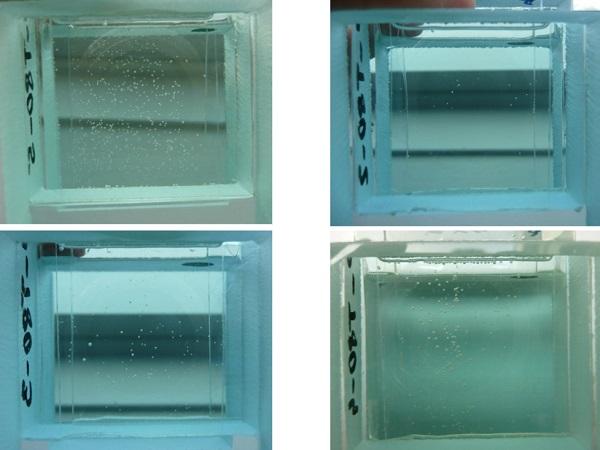Others also read
| The current paper explores how digital techniques can be used in the design and manufacturing of an innovative composite façade panel consisting of an additively manufactured polymer core and adhesively bonded thin glass outer sheets.
| This paper investigates the use of bolted and brittle/ductile adhesive connections in glass structures.
| This research investigates robotically fabricated polychromatic float glass for architectural applications.
| The objective of this research is to facilitate a waste-free fabrication of doubly curved glass elements and a facile, fast, low-cost mold-making process for the hot bending of glass.
| The novel curtain wall is achieved by bonding a pultruded glass fiber reinforced polymer (GFRP) frame to the glass producing a composite insulated glass unit (IGU).
| Unlocking the benefits of liquid interlayers for architectural glass lamination
| This study identifies the existing supply-chain inefficiencies in the UK glass industry in three stages.
| Discover the perfect balance of sound and heat insulation with VIG multi-objective design optimization!
| A theoretical study with applications to blast enhancement
Glass-paper-laminates: examination of manufacturing methods, properties and discussion of potentials
| This paper examines various ways of combining paper and glass as a laminate and the effects on transparency.
| Glass is reflective in large angles of incidence. Using this property for the detection of shapes is the basic goal of the research.
| End-of-life insulating glass units (IGUs) continue to follow a linear, wasteful path from renovation and demolition sites into landfills or low-value recycling.
| In the present work, subcritical crack growth in soda–lime silicate glass is investigated under different environmental conditions.
| Glass units are in demand in structural applications, however, the strength is challenging to predict.
| In this paper, failure mechanisms are identified for a post-tensioned glass beam system with a flat stainless steel tendon adhesively bonded at the bottom glass edge.
| The current study aims to determine the probabilistic fracture strength of glass plates exposed to arbitrary loading and loading rates by a proposed rate-dependent strength prediction model (SPM).
| The paper presents testing of glass panels, static test and dynamic test by hard body impact.
| A new design approach for loadbearing monolithic glass components of reduced annealing time
| The study describes the results of the shear modulus of viscoelastic interlayers made of polyvinyl butyral and provides the basis to define and evaluate a model for the finite element analysis.
| Glass/steel adhesive joints are being used increasingly in the construction industry as they offer significant structural advantages over conventional mechanical fastener approaches.
| Designing and building structural, glass-only shells is subjected to two principal boundary conditions: The use of planar or curved glass laminates with limited dimensions and the necessity to provide a structural joint between the adjacent glass modules.
| A Review of Essential Requirements towards Standardization
| An experimental study under tensile loading at +23, +40 and +60 °C and different glass build-ups
| In this third episode of the #AskGlaston flat tempering series, Taneli Ylinen deals with the commonly asked question of how to handle the issues with mixed production.
| The paper is focused on experimental testing of glass-to-glass connection using transparent adhesives.
























